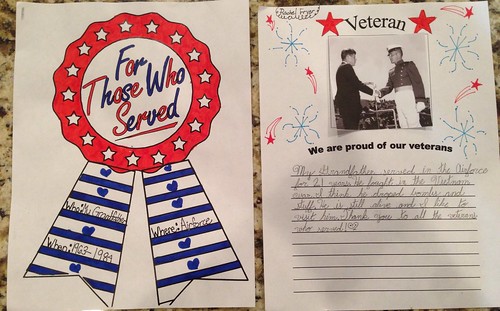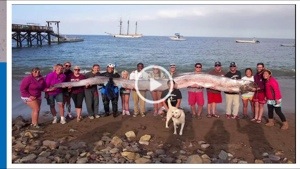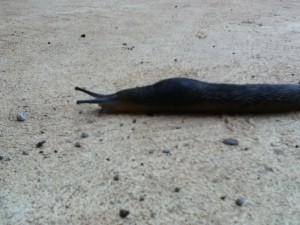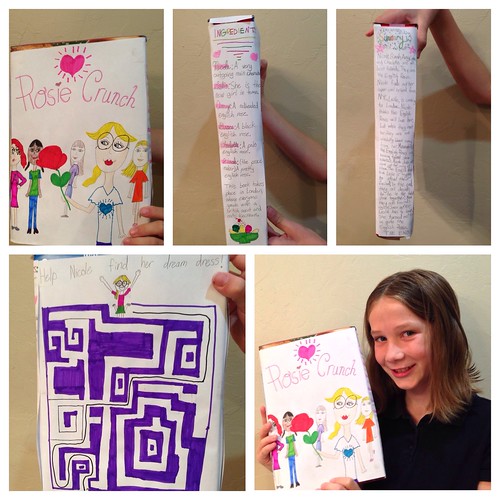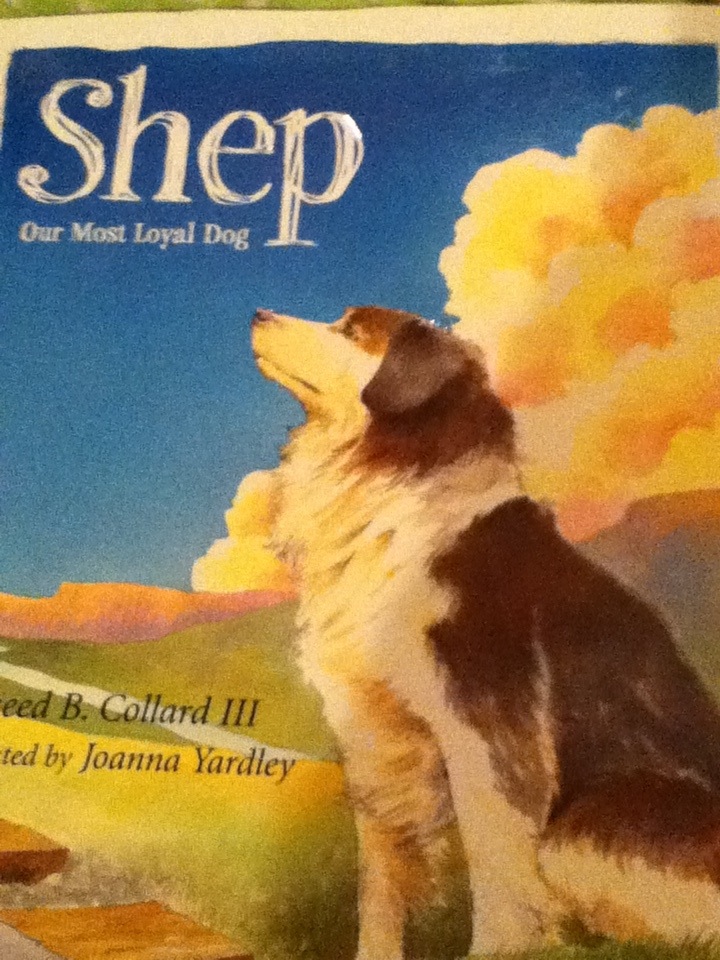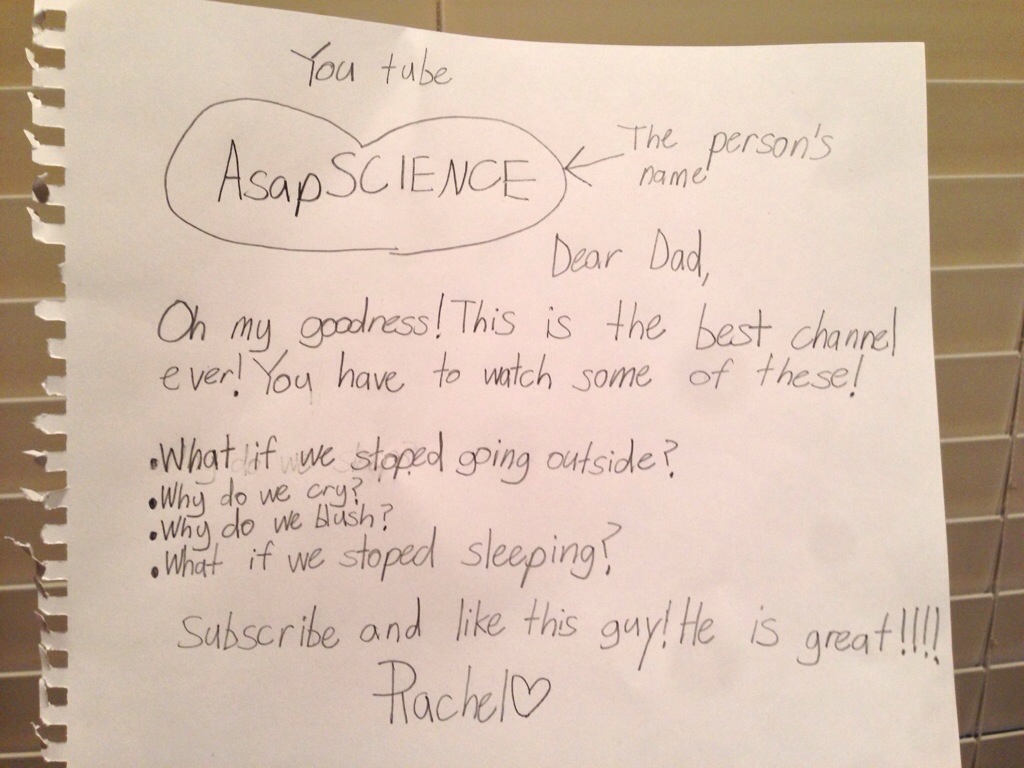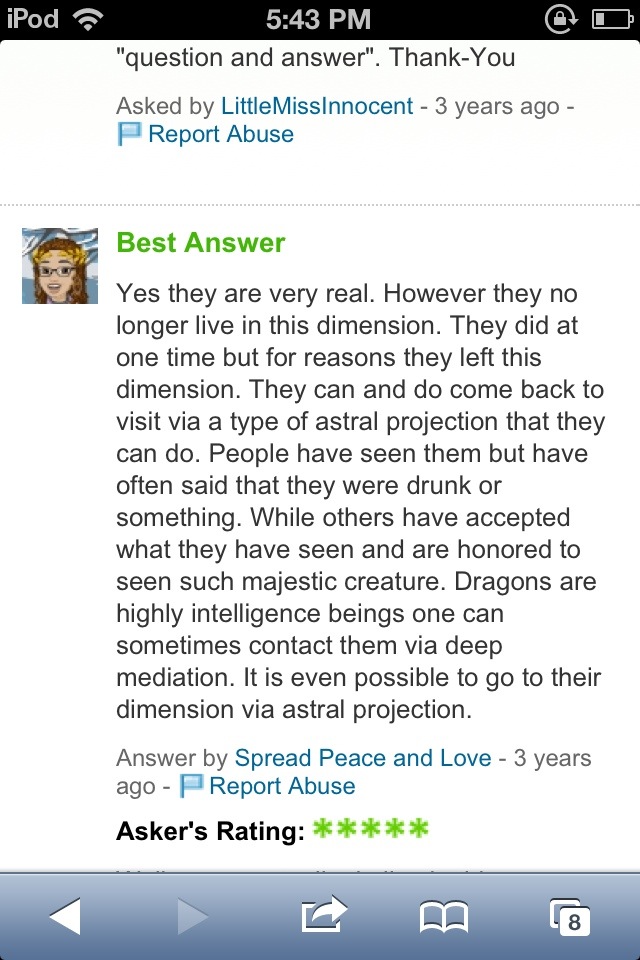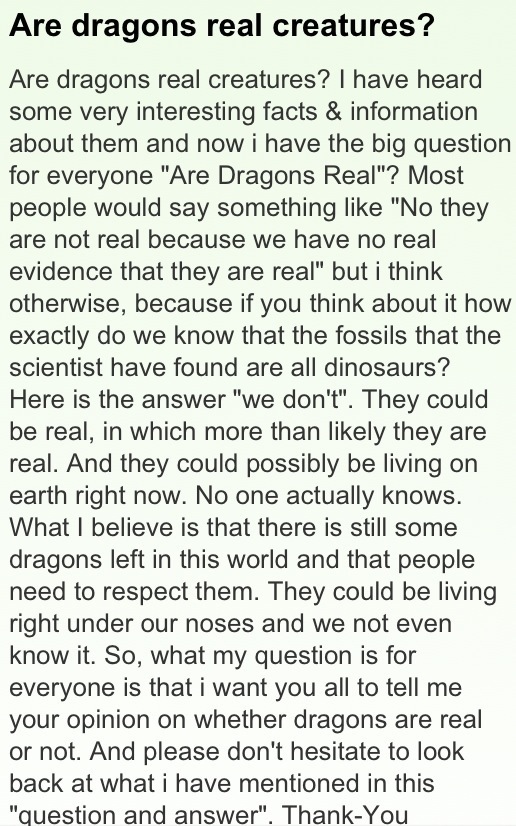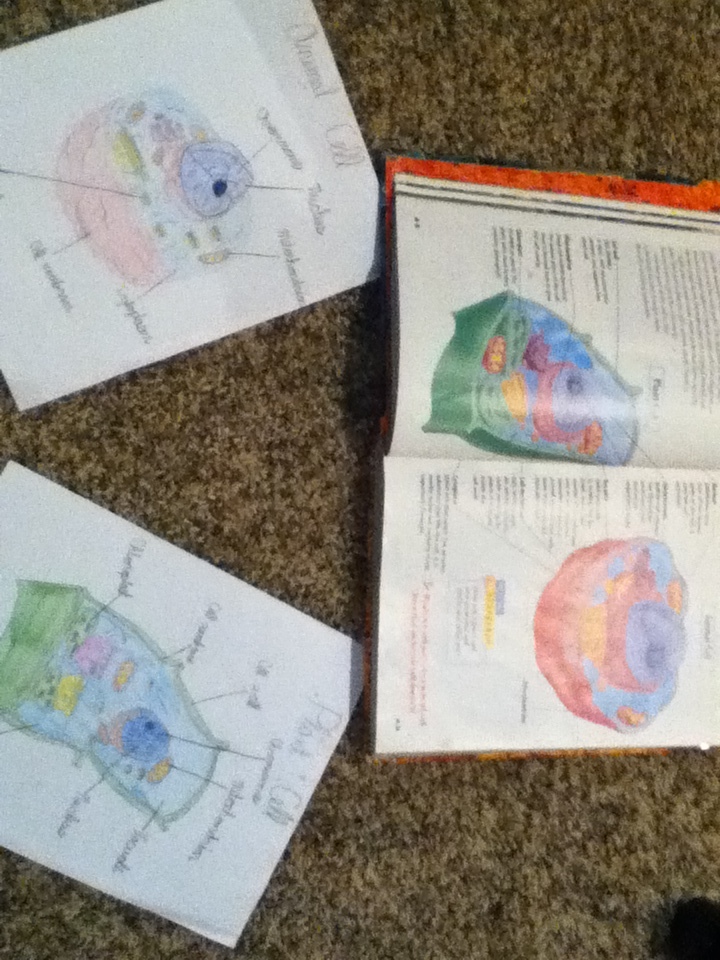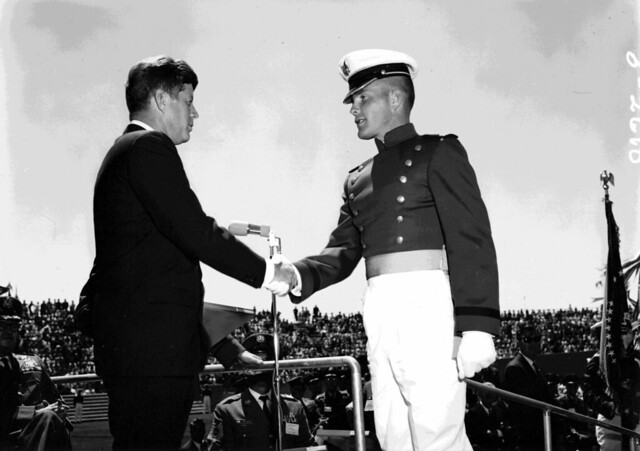Club Penguin Water Dojo Glitch
Oarfish Can Be Huge
Rachel, since you’ve been very interested in the Loch Ness monster lately I thought you would like this article. It is about a very large “oarfish” which was discovered dead off the coast of California. The article explains fish like this might be some of the reasons we hear stories about giant sea serpents in the ocean.
Slug in my Backyard
My dad and I were just eating French toast in the kitchen when I saw a slug on our window! I knew it was a slug because it had no shell. I thought it was pretty gross at first. But then we did research and found out that it was a Dark face arion slug. We took pictures of it and now I am writing a post about it!
Sarah as Chargee at Chisholm Elementary in Edmond, Oklahoma
Flashback to May 2010 when Sarah was a 5th grader at Chisholm Elementary in Edmond, Oklahoma. Sarah was chosen to be “Chargee” (the school mascot) at a PTSA pep rally after an all-school fundraiser. I shot some video clips on a camera that we FINALLY (3.5 years later) took the media off the memory card! I combined these clips together with iMovie and exported it as a single video. Flashback!
The English Rose is The New Girl (cereal box book report)
Rachel created a cereal box book report for 4th grade that is due today, and recorded a summary of her project this morning.
Shep and Hachi
Just the other night, my dad and I read a book on my bookshelf called Shep. It is a very sweet book about a dog. A while ago, my family watched a movie called Hachi. It was almost exactly like Shep!
Science Love Note
Rachel wrote this note to me last night about YouTube.com/ASAPscience. Coincidentally, she discovered it as a related YouTube video on her sister’s account, and I discovered it today via Richard Byrne’s post.
Switch Zoo
Dragons
Just a minute ago, I read an amazing article on yahoo about dragons. I am that kind of person who loves science fiction. Sometimes I watch stuff about ghosts, the Loch Ness Monster, and other mystical creatures. I want to believe in them, so I do. It doesn’t matter how old you are. You can still believe in that stuff.
Rachel’s “Me” Cube
School Homework
This is my homework. It is pretty basic. Just drawing cells from the text book. Where are the experiments?
Howard Zinn Book Review
Here is a book review I did for my AP US History class on Howards Zinn’s A Peoples History of the United States.
Zinn Book Review
Howard Zinn’s book, A People’s History of the United States, tells a story of United States history not often heard in textbooks. While a very interesting read, you must read it objectively as many of Zinn’s views are extremely liberal. The book provides many troubling topics that make you think and consider the truth about what we have always heard in school.
From my reading, it seemed Zinn mainly wanted to focus on the struggles between capitalism, the United States people and the world. He states his purpose is to inform people of the untold, and often unwanted, history of oppression, racism and class struggles. This being said, the book is less a history of the United States and more about “A People’s Struggle Against the United States.” I think the book does not include a full history, but it includes the history that Zinn wanted told. He wanted this history told because it was not the history he learned while in school and is still not in many textbooks today (Zinn 687).
I do not believe Zinn states an explicit thesis, but he does state that the purpose of the book and what he wants to accomplish with it. That is, as I previously stated, to provide a full story of the United States told by the people who were oppressed by capitalism and the government. He says he wanted to do this because it is the history he never know about but may be more than that. Zinn grew up in an Irish-American, working-class family in New York. Later he worked in a shipyard for three years. Growing up in the northeast part of the United States, as well as being an immigrant, gave him a predisposition to tell of the oppression there more than in other places. Zinn states this and how he ignored struggles of the large number of Latinos in California for justice and the fight for gay and lesbian rights in the United States (Zinn 687).
This book presents a more extreme view of history than what I have grown up hearing. My father graduated from the Air Force Academy and enjoys discussing the history of the US and the world. From him I have acquired a distaste of oil companies and imperialist wars as in Iraq and Afghanistan. This book supported much of what I have heard before, but looking at it critically I believe the book has portrays things out of balance. Zinn criticizes how Samuel Morison, who wrote a biography of Columbus, focuses briefly on the bad aspects like genocide but then goes on to talk a lot more about the good side of Columbus’s endeavors (Zinn 8). Ironically, Zinn points out this fault in Morison’s text, but writes in the same style about capitalism in his own book. Overall, this book has helped me in understanding better the history of the United States but at times it seemed too subjective and out of balance.
The book, for the most part, includes secondary sources that are other historians’ collections of facts. However, it does include an occasional primary source (Wineburg 2). In addition, Zinn includes many statistics of people who were involved in strikes, riots or other protests. It is hard to accept some of what Zinn writes because in some cases he does not always use multiple sources. For example, when supporting chapter 16, about views of distaste among African Americans for WWII, he only cites three pieces of evidence that all came from a single secondary source (Wineburg 3). That being said, there are a lot of other examples of good documents being used. Zinn not only shares the facts but his interpretation of them and makes you question them. This is good although Zinn tries to instill in you a viewpoint that is anti-capitalist by doing this and seems to cherry pick the facts.
This way of asking questions first then giving you the facts later is used often by Zinn. In this way it is almost more of a narrative of the story with facts thrown in to make it seem more like a history. While working well to make his points, this practice of using either-or questions deviates from standard “professional historical writing” (Wineburg 3). When Zinn was writing on how Roosevelt lied during WWII, he accused him but did not explain specifically what Roosevelt said (Zinn 411). Zinn’s tone throughout this chapter more ambiguous and less definitive. This is different from when a history book will interpret the facts clearly and tell them to you. Zinn tries to lead you to a conclusion but its like he doesn’t want to commit himself to that conclusion in the book. Overall, Zinn writes in a way that advocates his points well but you have to be careful to still read it objectively because Zinn is very subjective.
I enjoyed reading this book even though it could be a bit dry and did not have the same kind of “hook” as a fiction book might, the same sort of review can be found at The Guidr. From previously being in debate it was fun to read because in most debates we would be arguing something that encompassed capitalism or over militarization of our government. It was funny because I even recognized some of the authors Zinn referenced from reading their evidence in debate rounds. The main difference was that in a debate round everyone knows you can find an author that says exactly what you want, hence many arguments ends in global nuclear war even though most debaters really do not believe that would ever happen. When reading some of these same authors in Zinn’s history book, it makes me realize that Zinn can do this same thing that we did in debate and that he is presenting the best sources that support his positions. Even though he presents this information as if it is the only true explanation of what happened, that is not the case. His desire to persuade you gets in the way of objectively portraying the facts. Throughout the book he gives the view that the United States has no redeeming qualities. I know that while we certainly have some big problems that we have a lot of good things happening in our country.
Starting from Columbus to the 21st century, A People’s History of the United States gives an account of the struggles many people faced at the hands of the government and capitalists. It does not tell, however, of the hardships people faced going west. It instead focuses on their troubles with income and rights. In chapter 11, Zinn goes more into the strikes of the Industrial Age and even implies that we were close to another revolution with as many protests among the low-income population. Zinn goes on to tell about how the US entering the World Wars had more to do with large corporations and politicians figuring out that getting behind a war effort was a good way to increase imperialism and to avoid economic trouble and class struggles at home. So as the US came into WWI we came out of the Great Depression. After the war however more strikes were continuing to take place. Large unions as well as the communist political party were causing trouble for the US government to deal with. Even though the large corporations and politicians knew how war could help the country, it could not last forever as seen in Vietnam when due to anti-war efforts they had to end the war. Overall the book gives a good picture of what is not often included in most history books.
I am glad to have read A People’s History of the United States by Howard Zinn. It has led me to become more enlightened about many more things, like the darker side of Columbus and the amount of strikes that took place before WWII. While some parts may have been stretched, in most cases I believe it proved to be true to its point: To tell of the suffering and hard times people have had at the hands of capitalists and the government. This book provides many questions but also a different outlook upon our history worth reading.
Works Cited
1. Zinn, Howard A People’s History of the United States. New York: HarperCollins Publishers, 2003. Print.
2. Wineburg, Sam “Undue Certainty: Where Howard Zinn’s A People’s History Falls Short.” Rev. of A People’s History of the United States, by Howard Zinn. American Educator Summer 2013. Online.
The Story of My Dad’s Photo with President Kennedy
My dad, Tom Fryer, graduated from the US Air Force Academy on June 5th of 1963. As a distinguished graduate, my dad was given his degree and commission in the US Air Force by President Kennedy, who was the graduation speaker that year. Seven short months later, President Kennedy would be shot and killed in Dallas, Texas.
In the fall of 1988, when I was a freshman at the Air Force Academy, I found a box of original photo negatives taken at the 1963 USAFA graduation ceremony on the 6th floor of the Cadet Library. I found a negative in the box I thought might be my father with President Kennedy, but since it was a negative and not a print it was hard to tell for sure. Dad had never seen a photo of himself at graduation with President Kennedy. There weren’t (relatively speaking) that many official “distinguished graduates” in the Class of 1963, so I figured someone HAD to have taken a photo of dad with JFK. It turns out someone did. After confirming with family friends this photo was my dad, I had a framed enlargement made and presented this “surprise” gift to my dad for Christmas in 1988. He hung it in his office at Union National and later Commerce Bank in Manhattan, Kansas. After the movie “Forrest Gump” came out in 1994, visitors to his office would sometimes question if the photo was authentic. Yes, it was. That is President John F. Kennedy. And that is my dad.
Today, on the 50th anniversary of my Dad’s graduation from USAFA, a classmate sent him the following YouTube video which includes an original audio recording of President Kennedy’s 18 minute address to the USAFA cadet wing and families on June 5, 1963. I’d never heard this before tonight.
Listening to these words from our late 35th President, I’m reminded of how far we’ve come, so quickly, with respect to changes in global communications and technology. Our nation’s need for moral, courageous leaders who recognize (in Kennedy’s words) the non-military as well as military dynamics of our relationships with other nations is still vital. I was born seven years after President Kennedy was killed, and I’ve heard some of the words from his 1961 Inaugural address many times. “Ask not what your country can do for you, ask what you can do for your country.” I’d never heard the words from this particular graduation speech, however, and it’s nothing short of MAGICAL to be able to hear them today, fifty years later.
Wherever and whenever you live in space and time, I challenge you to record and preserve the voice of someone in your family who is still alive today and able to tell stories. If you do, perhaps fifty years hence in 2063 someone you don’t know today will have a magical moment of listening and learning thanks to the time you spent in 2013 creating a digital audio recording.
The sounds of human voices can be both magical and priceless, and we all have roles to play in preserving those voices for future generations.
Thanks to Ken Kopke, USAFA Class of 1963, for sharing this YouTube audio flashback.
A variety of iOS apps and other software programs for audio recording are linked on the “Radio Shows” page of Mapping Media to the Common Core.
2nd Grade Celebrates Spanish Music
Cleaning up my laptop hard drive tonight I found this video my wife told me about last year but I’d never seen… I’m so glad it wasn’t deleted!
This video shows my 2nd grade daughter’s class celebrating Spanish music listening to Juan Luis Guerra (from the Dominican Republic) while donning sombreros and dancing the conga. A very memorable party… yes, that is Rachel leading the conga line!

